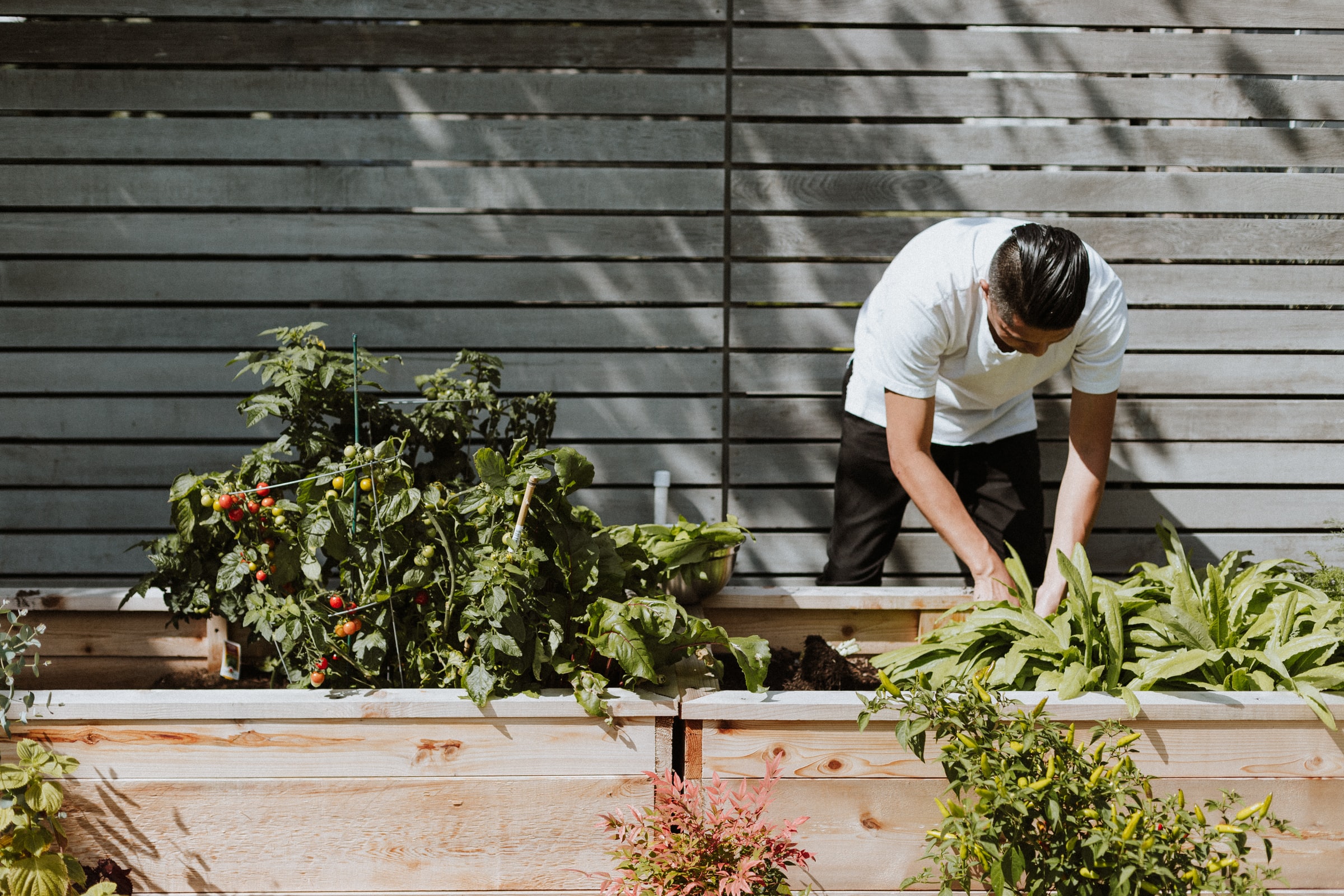Planting and harvesting your own fruits and vegetables can be very satisfying and relaxing, especially if you are stuck behind a desk five days a week. However, it is very difficult for us city dwellers to do this, especially if you live in a high-rise building and are surrounded by concrete.
Why not plant a community garden with your neighbors and people who live in the same complex? Not only is it fun, but it’s also an opportunity to create connections where you can work and relax at the same time, with the added benefit of building a strong bond with your immediate community. So, without further ado, let’s dive into this blog and learn more about starting a community garden.
1. Find a group

A community garden is something that you usually start with people who live in the same community as you. So, you need to find a group of like-minded individuals who will come together to create the perfect garden. All you need to have in common is that you want to do something that the whole community will benefit from.
You need to find people with whom you will be able to work and identify your skills. Get people from different walks of life as this is a way for you to connect and give back to the community you live in. So, get anyone who wants to get involved and get their hands dirty for this project.
This is also where you decide the rules of your garden and delegate who will be in case of what. This is a way for people to be held accountable for their part in the community garden and make sure that there is no waste of resources. Having rules means that the garden and its subsequent produce will be shared equally among the members of the community.
2. Location

Okay, this depends on what is available to you; you can go to your local government body and petition to have a plot of land where you can start a community garden that is open to everyone. If you live in an apartment building, you and your neighbors can talk to the renters and ask them if you can start your community garden on the roof of the building.
The location of your community garden matters, and you should find somewhere that gets at least 8 to 10 hours of direct sunlight daily and has easy access to water. You should also look at the soil, the ability to get supplies to your garden, and the pest that are local to your area because all of these will matter in the long run. To stay on the safe side, get liability insurance; in case someone hurts themselves there, they won’t sue you for this.
3. Budget

After you’ve found your group and location, you need to think about the building plan and your budget. The building plan should include how big the beds will be (their length and breadth). It should also include where the water supply will be and if hoses will be needed to irrigate your crops.
After you’ve planned all this, you need to make sure that it all fits within your budget and make cuts where necessary. After this, the budget can be translated into a per-member fee, and all the subsequent costs will be shared by the members of your community garden.
Costs like water, new soil, and routine maintenance should also be put in the mix, and the cost of this should also be divided between members. This will be a way for members to show how committed they are to the project but is also an investment in their future harvest.
Final thoughts

A community garden fosters a sense of unity and togetherness for people who live and share the same place. So, roll your sleeves and start a community garden with your neighbors; this is a sure-fire way to engage the community in doing something for the planet and teaching the future generation the value of working and together.
A community garden is a behemoth of a project that you should not take lightly. It can take months to produce visible results and reap the fruits of your labor, but it’s worth it. If you ask me, the benefits of having a community garden outweigh the manual labor. If you’re thinking about starting your own community garden, let us know in the comments below and tell us if you want to read more about this.






2 Comments
[…] Sound off in the comments section below and tell us what you want to read next and if you want to read more about gardening. […]
[…] Landscaping usually involves changing the exterior design of an area, the plants, or even the entire architecture. However, landscaping is not the same as gardening; part of landscaping is gardening, but it is not the be-all and end-all of landscaping, and we need to separate the two in our minds. […]